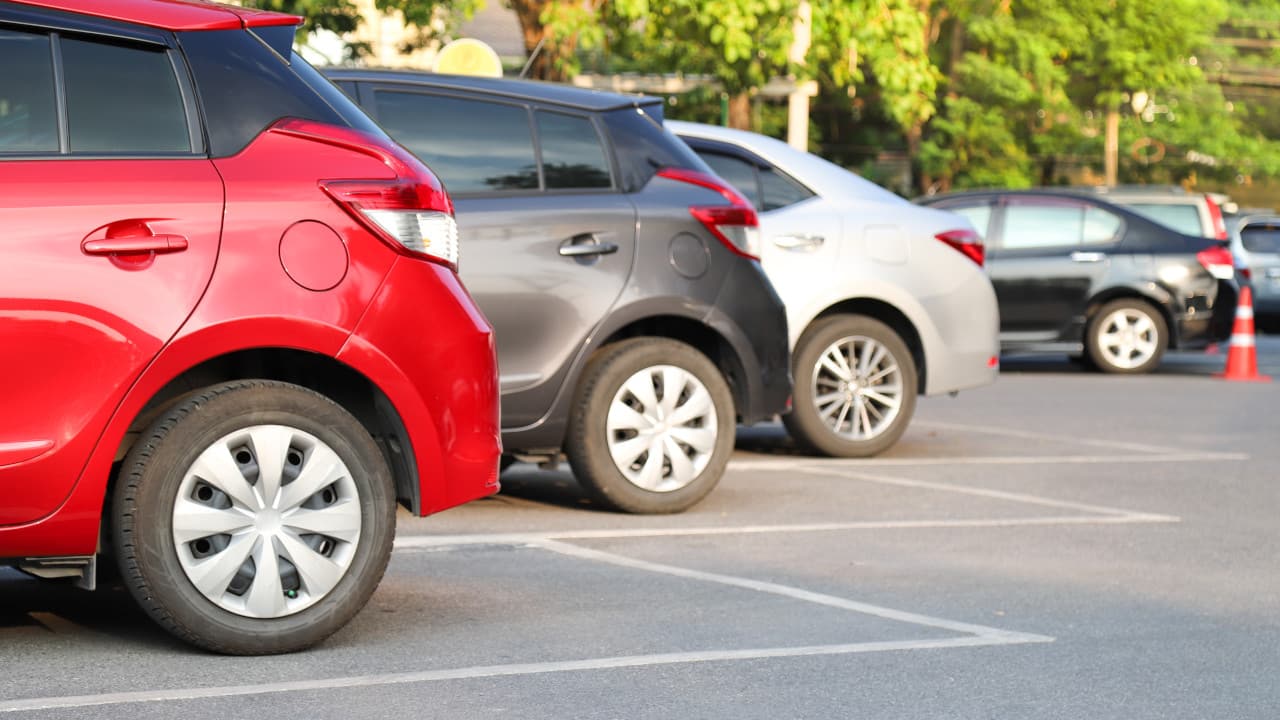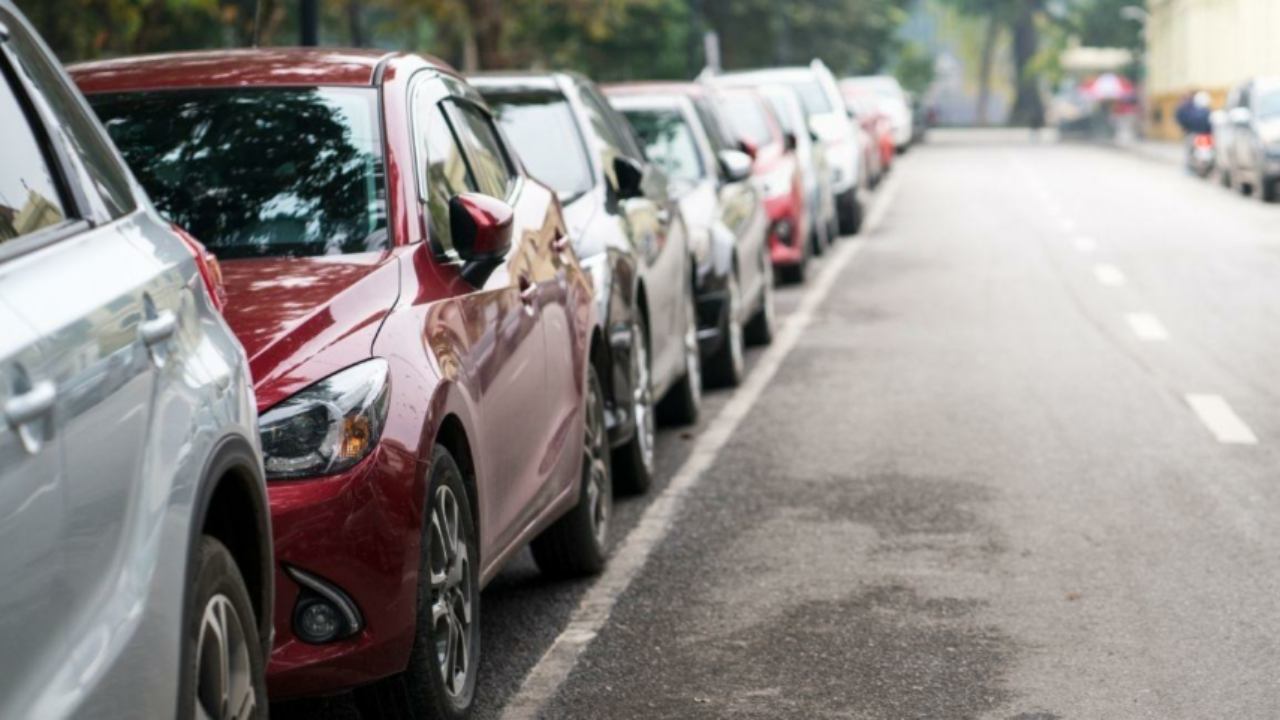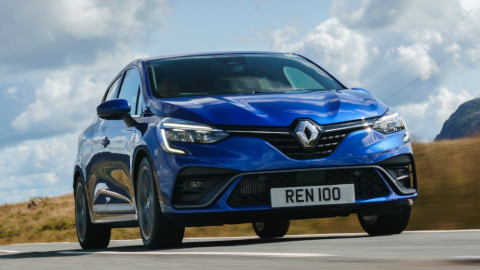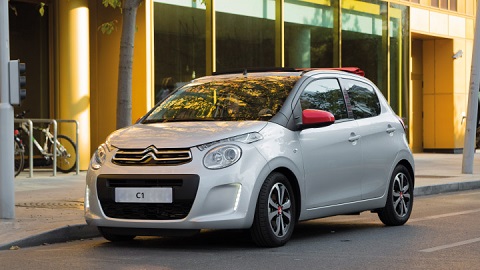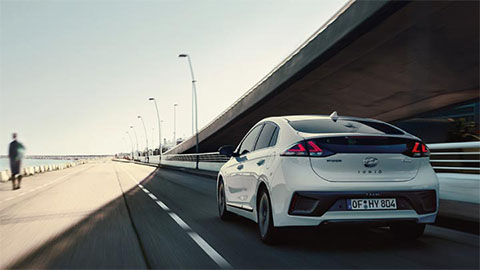Manoeuvres play a key role when it comes to driving tests in the UK as they intend to test the driver's control, accuracy, and observation skills in real-world situations.
Each manoeuvre mimics challenges motorists face every day, such as parking in a busy supermarket or pulling into a tight space on a residential street. By performing these manoeuvres, learners can showcase their ability to control and reverse their vehicle in a safe and efficient way.
Understanding which manoeuvres to expect and practising them regularly will also boost your confidence and ensure you feel ready for the road after passing your test.
Contents
- Bay park
- Forward bay park
- Reverse bay park
- Pull up on the right-hand side of the road, reverse two car lengths, and rejoin traffic
- Parallel park
- Emergency stop
- Frequently asked questions
Bay Park
The bay park manoeuvre is designed to test your ability to park safely and accurately within a designated parking bay, and is a vital skill to learn for everyday driving, particularly in car parks.
During your driving test, the examiner will direct you to perform one of two types of bay parking manoeuvres: forward bay park or reverse bay park. While both manoeuvres test similar skills, the approach to each is slightly different.
Forward Bay Park
The forward bay park involves driving directly into a parking space head-on. Success with this manoeuvre requires careful positioning of your car beforehand, where you’ll typically align your vehicle slightly to one side of the bay, which allows for a smoother entry.
As you begin steering into the space, consistent observation is critical. Checking mirrors and blind spots ensures that you remain aware of other vehicles or pedestrians in the area.
When parking, you must aim to position your car centrally within the bay, ensuring equal space on both sides. It's also important to keep in mind that stopping over the lines, or too far from the bay's centre, can lead to faults.
Once parked, you will also need to demonstrate how to reverse safely out of the bay, which tests your capability to leave the space without endangering others or obstructing traffic.
Reverse Bay Park
The reverse bay park begins with your car positioned ahead of the bay you intend to park in. This approach gives you greater control and is especially useful in tight spaces.
Starting from a suitable position, you’ll reverse into the bay using precise steering to angle your car correctly. Many drivers find it helpful to use reference points, such as the alignment of the bay lines with specific parts of their car to guide them into position.
Observation is particularly important when reversing. You’ll need to regularly check mirrors and blind spots for pedestrians or approaching vehicles. Once parked, your car should sit squarely within the lines of the bay.
Pull up on the right-hand side of the road, reverse two car lengths, and rejoin traffic
During your test, you may be asked to pull up on the right, reverse two car lengths, and then rejoin traffic. This manoeuvre reflects a common real-world driving scenario, especially on narrow residential streets where parking on the right-hand side may be unavoidable.
To begin, you’ll be instructed to pull up on the right-hand side of the road. Positioning is key here, as you must avoid blocking driveways, staying as close to the kerb as possible without touching it.
After stopping, the examiner will ask you to reverse for about two car lengths. This part of the manoeuvre requires steady control of your vehicle and regular checks for hazards behind you.
Before moving off to rejoin traffic, you must thoroughly check for approaching vehicles and pedestrians by using your mirrors and checking blind spots. You should also make sure to judge the speed of oncoming traffic before pulling off to ensure you rejoin safely and smoothly.
Parallel Park
The parallel park manoeuvre is commonly used in residential areas where roadside parking is the only option. It tests your ability to reverse accurately into a tight space while remaining aware of your surroundings.
The process begins with your car positioned parallel to the parked vehicle in front of the empty space, leaving a small gap between the two cars. From there, you'll reverse into the space at a controlled speed, steering at the appropriate times to angle your car effectively.
Your examiner will also be checking your observational skills, so ensure you're consistently checking your mirrors and blind spots to make sure the road is clear before performing the manoeuvre.
Once in the space, you may need to make adjustments to straighten your car and ensure it's close to the kerb without touching it. Throughout the manoeuvre, constant observation is essential, and you must remain alert for passing vehicles and pedestrians, pausing if necessary to avoid hazards.
At the end of the manoeuvre, your car should be well-aligned within the space, with enough room for other vehicles to pass easily.
Emergency Stop
Although not technically a manoeuvre, the emergency stop is an essential skill to learn before your driving test, as it evaluates your ability to react quickly and bring the car to a controlled stop in an emergency situation.
When instructed by the examiner, you must apply the brake (and the clutch if you're driving a manual car) as firmly and smoothly as possible. The aim is to stop the car quickly while maintaining control, avoiding skidding or swerving.
Once the car has stopped, it’s important to check your surroundings to ensure it's safe to move off again. While the emergency stop is only included in around one-third of driving tests, it’s an essential skill for all drivers to master.
Pass your driving test with confidence
Manoeuvres are often seen as one of the most intimidating parts of the practical driving test, but with regular practice and a focus on accuracy and observation, you’ll soon master them with ease.
If you're looking for more advice and tips to help you succeed in your driving journey, check out our blog section, where we regularly share the latest driving guides and insight.
Frequently asked questions
No, reversing around a corner is no longer part of the UK driving test. It was removed in 2017 to better reflect modern driving scenarios.
The three-point turn (or turn in the road), is also no longer included in the UK driving test. However, practising it is still useful for improving control and precision in tight spaces.
Yes, you can fail if you make a serious or dangerous mistake during a manoeuvre, such as poor observation or losing control of the car. However, minor mistakes like needing small adjustments usually won’t result in failure.
It depends on the situation. Lightly touching the kerb while parking or manoeuvring may only be a minor fault, but mounting the kerb or hitting it with force can be marked as a serious fault, leading to a fail.
The UK driving test includes one manoeuvre you'll be asked to perform. The manoeuvre will either be parallel parking, bay parking, or pulling up on the right and reversing.


